Your hair is thinning. That’s not a jibe or a threat, but an absolute fact of life. It’s true that some men will go balder (and sooner) compared with others, but once the harsh realities of adulthood kick in, your once-luscious locks are only going one way: thinner.
It’s all thanks to a little thing called DHT (otherwise known as dihydrotestosterone), a male sex steroid which is converted from testosterone and causes hair follicles to miniaturise, contributing to male pattern baldness. By the age of 50, 85 per cent of men will have experienced considerable thinning, according to the American Hair Loss Association.
But are there ways to fight against the thinning and make your hair thicker? Well, yes, with a few qualifications. This is what the experts have to say.
How To Thicken Your Hair
Whatever your hair type, a proper consultation with a trichologist or dermatologist is crucial. And though the solution is never as simple as grabbing a bottle of something from the supermarket shelf and splashing it on your head for an instant afro, there are a range of treatments available.
“There isn’t one product that works reliably for all, unfortunately,” says Steve O’Brien from the London Centre of Trichology. “We use a lot of natural stimulation-based treatments. This involves applying topical lotions onto the scalp and letting them dry in. They stimulate growth by attracting more blood flow to the scalp and therefore stimulating the root.”
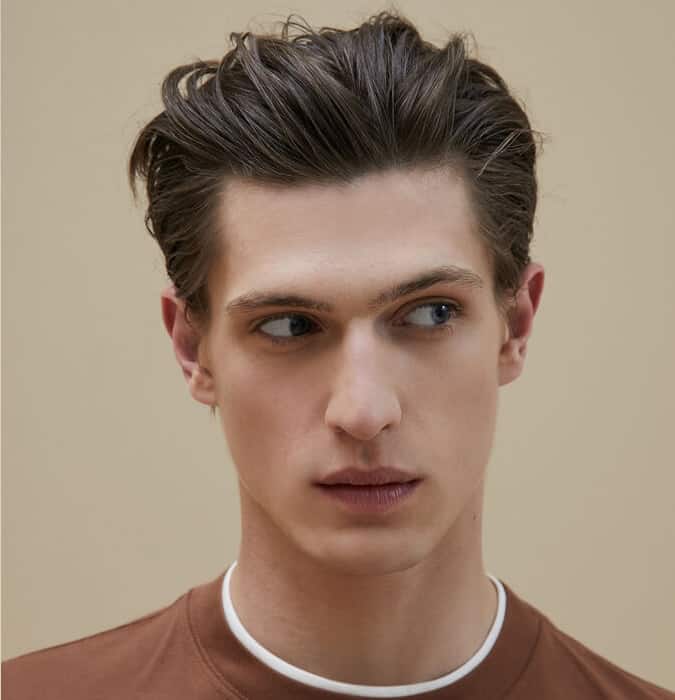
First, Don’t Groom Yourself Bald
Keeping a stylish head of hair can take a fair share of grooming and upkeep, but some of those techniques could be hurting your locks in the long run. “Treatments to avoid would include colouring the hair, blow drying at a high heat or close range, relaxing or straightening the hair, and hair extensions,” says O’Brien. “All of these can contribute to thinning the hair.”
If you’re already thinning, there are ways of styling it thicker. Instead of reaching for the comb for the dreaded comb-over, remember it’s not just a case of growing as big a mane as you possibly can.
“It’s a misconception that keeping the hair long will cover fine areas or receding hairlines,” says Charlie Cullen, art director with top London barbers Joe & Co. “The hair tends to separate and the scalp is visible, and looking even finer.

“Keeping the hair short makes it look fuller and asking the barber to cut your hair blunt will make the hair appear slightly thicker. Keep the sides a touch shorter. By seeing the scalp slightly [at the sides] it will give the appearance that the top is thicker.”
Also avoid using too much of any kind of styling product, but especially wet-look stuff. On fine hair, it can literally weigh your hair down, which makes more of your scalp visible and the hair vulnerable to snapping.
Do Thickening Shampoos Work?
You won’t find the equivalent of Miracle-Gro in the supermarket shampoo aisle, but there are effective volumising shampoos available. “These usually contain a protein molecule that attaches to the hair cosmetically making it appear thicker and fuller,” says Eva Proudman, consultant trichologist at UK Hair Consultants.
“Salon products such as Nioxin have been specially developed to work with fine thinning hair, plus on-the-shelf products such as Aussie Aussome Volume and Bumble & Bumble Full Potential deliver a cosmetically thicker look to the hair. Juniper Therapy Shampoo keeps the scalp in good condition – it helps the hair to stay in the growing phase for longer and optimises hair density.”
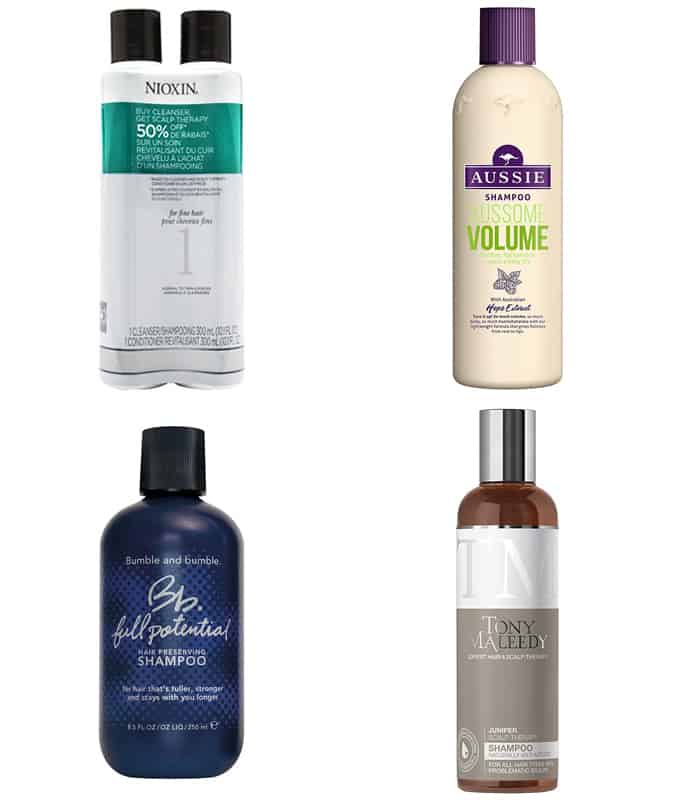
Should You Have A Hair Transplant?
Hair transplants – a process of moving hair follicles from an area of fuller hair (usually the back) to balding area on the top of the head – have come a long way since those dark days when the procedure was akin to being willingly scalped. Not only is the process less brutal, but the results are more natural-looking than ever. It’s becoming a realistic option for the everyday balding man.
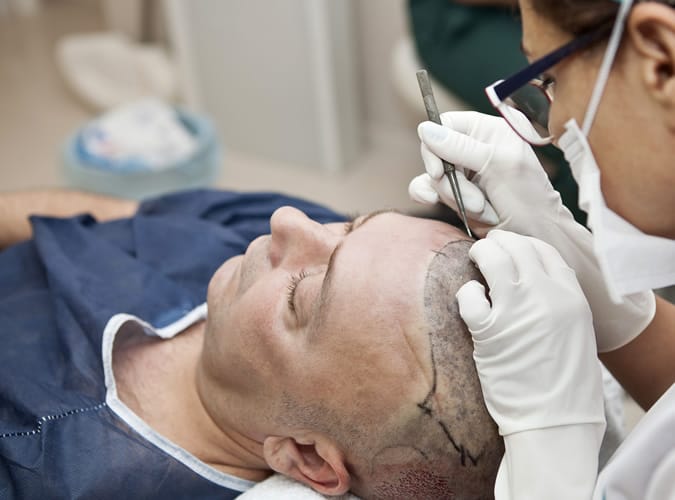
“Hair transplant surgery is just getting better all the time,” says Proudman. “Thinned areas can be filled in, with recession also treated very effectively. But the surgeon’s skill is paramount to achieving a natural look, so do your research.”
But don’t just rush into a hair transplant thinking it’s a universal quick fix – you could be doing more harm than good. “One of the most damaging things that can be done is undergo a hair transplant at too young an age,” says Proudman. “This can lead to multiple surgeries and major scarring, as well as a hefty price tag.”
Expect to pay a minimum of £3000 and be aware that full results will not likely be visible for 12 months.
Is Minoxidil An Option?
For most men worrying about thinning hair, Regaine is the go-to product. Regaine’s active ingredient minoxidil helps combat male pattern baldness in a number of ways: it reverses miniaturisation and stimulates blood flow around the follicles, to extend the follicle’s growth phase.
But according to Steve O’Brien, you need to be careful about what happens once you stop using it. “It’s better at slowing down the genetic hair loss process than thickening hair,” he says. “If the treatment is stopped at any point, the person can notice severe hair loss as a result.”
Other Treatments
There are other medical and clinical treatments out there. Make sure you’ve got the correct diagnosis and recommendation from an expert.
Finasteride
Often considered the next step up from minoxidil. This drug blocks the conversion of testosterone into DMT. It will also increase existing hair density, but concerns have also been raised that it can affect the sexual health of some men. It’s sold under the brand names of Propecia, Proscar among others.
Serenoa
This plant extract also stops the conversion of testosterone into DHT. This treatment is a natural alternative to Finasteride and while there’s less evidence for its efficacy, it is widely available online. As with all of these treatments, make sure you check out potential side effects before you use.
Platelet Rich Plasma (PRP)
In this treatment, which you have to visit a clinic for, blood is taken from your arm and spun in a centrifuge to separate the red blood cells, plasma, and platelet-rich plasma. This is then injected into the thinning areas to increase hair density.
Low Level Laser Light Therapy
This boosts blood flow to the scalp and follicles. Also improves cellular metabolism, gives you an increased diameter of miniaturised hairs, and decreases inflammation. Treatment involves two or three 20-minute sessions per week.
Take The Plunge Without The Plugs
If you just want an aesthetic upgrade, without medical treatments or complicated procedures, you can opt for one of the below cosmetic options.
Hair Fibres
Cotton fibres that you apply to the thinning area and they bond with the hair follicles to giving a denser look. Essentially a powder you shake into your hair for near instant results. GoFybr comes recommended as it’s quick and easy to use, and offers a free trial sample.
Cosmetic Hair Systems
Also known as hair replacement, you might say that to the untrained eye, this is just a 21st century wig. But even to the trained eye, cosmetic hair systems are next to impossible to tell apart from real hair as they’re so sophisticated. They usually use a polyurethane base with high quality human hair that’s tied into the base and ready styled.
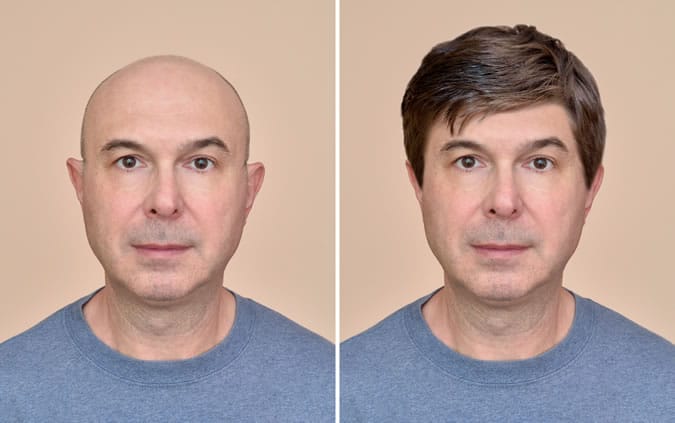
“Check out the qualifications of the person supplying it and the construction of the system,” says Proudman. “Also, the application and maintenance methods. Avoid systems that put a lot of tension on the hair, try to opt for more breathable solutions rather than systems that smother the scalp with adhesive, which avoid having to shave the hair for the system to be applied.”




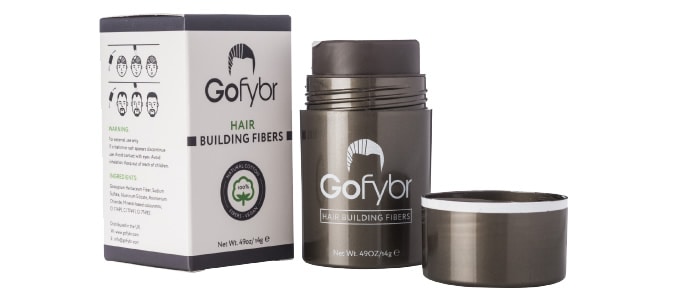










Zithromax Muscle Weakness astertenorah https://acialisd.com/# – buying cialis online usa teence Forum Achat Viagra En Ligne CotsArexstex Cialis arromync how much cialis is safe
Preis Viagra 50 Mg buying cialis online forum Cost Zithromax Cialis Acheter Xenical En Belgique
I am Dyan from Schorghof. I love to play Viola. Other
hobbies are Swimming. http://aaa-rehab.com
alcohol detox drugs drug addict look warwick manor drug rehab free rehab centers in alabama free drug rehab st louis mo
Substance Abuse Clinics Near Me Substance Use Treatment norwichtown rehab Alcohol Substance Abuse Program Methadone Rehab
http://www.inpatient-rehab-for-depression.drugrehabssr.com